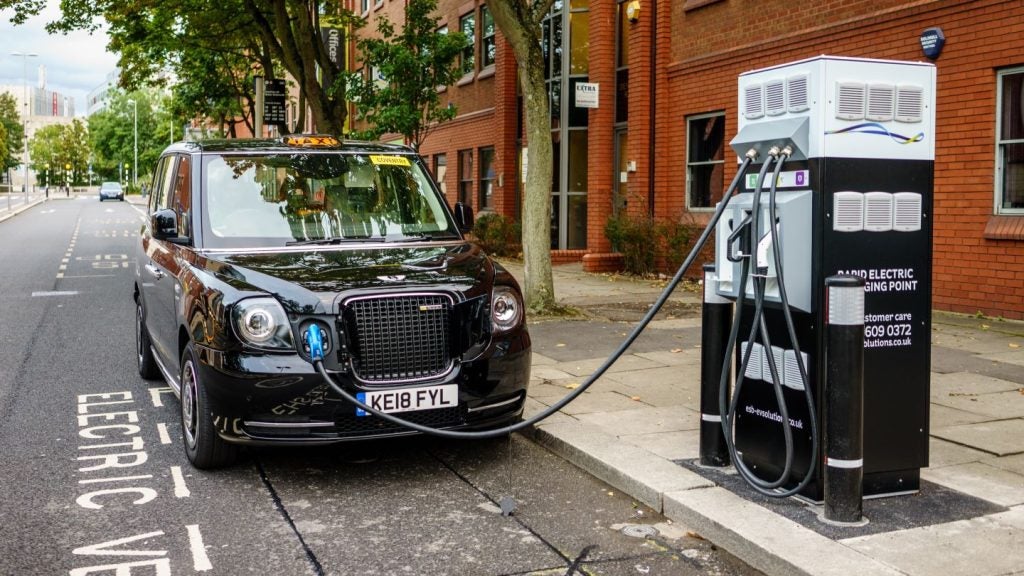
The second life equipment market is a huge unexplored market that lessors can tap into, according to Rob van den Heuvel, senior vice-resident, global asset management at DLL.
The market for refurbished equipment has expanded in recent years after a surge in demand from companies in countries facing a financial crisis.
"After the credit crunch, the second-hand equipment market share of the total equipment market has risen. This occurred because a large amount of entrepreneurs refrained for two or three years from investing in new equipment," says Van den Heuvel.
Despite the growth in demand for refurbished equipment by companies, only a small number of lessors have been offering finance for these assets. The second life equipment finance market is mainly dominated by banks, with a small number of captives also present.
DLL’s white paper How to Complement New Equipment Sales With Pre-owned Assets revealed that 63% of manufacturers promote their own pre-owned equipment, but only 34% have a certified pre-owned product offering.
According to the research, manufacturers fear that offering remanufactured or refurbished assets and services can negatively impact new asset sales, through ‘cannibalisation’, which occurs when customers use part of their budget to obtain second-hand assets rather than spend it on new assets, thereby depriving manufacturers of new retail sales profits.
The Dutch lessor found that none of its partners who are engaged in second life business reported any explicit negative impact. The white paper cited a number of financial reasons for manufacturers to offer remanufactured assets, such as high margins and the expansion of their client base.
How well do you really know your competitors?
Access the most comprehensive Company Profiles on the market, powered by GlobalData. Save hours of research. Gain competitive edge.

Thank you!
Your download email will arrive shortly
Not ready to buy yet? Download a free sample
We are confident about the unique quality of our Company Profiles. However, we want you to make the most beneficial decision for your business, so we offer a free sample that you can download by submitting the below form
By GlobalDataFrits Engelaer, manager of life cycle asset management at DLL says: "It makes them less dependent on the volatility of the new market. Businesses with capital restrictions are looking at the second life market; if manufacturers are not engaged in that market, they automatically lose that business to dealers and traders."
The second life equipment market remains strong
The lower business investment in new equipment during the financial crisis has created the current shortage in second-hand products in the market.
Van den Heuvel says that the lower supply has lifted profit margins for those offering refurbished equipment.
Despite the fact that investment in new equipment has started to pick-up as a consequence of economic recovery in Europe a number of factors are maintaining the strong demand for remanufactured equipment.
The reduction of subsidies to some European industries has triggered a number of companies to consider purchasing or leasing second life equipment.
Engelaer gave as an example the increased investment in refurbished equipment by the Polish agriculture industry.
"In Poland, a lot of equipment in the agriculture industry was being purchased new and was heavily subsidised by the EU in order to accelerate mechanisation. As some of these subsidies are slashed, Polish farmers are now investing in second life equipment because those assets are more economical for them," says Engelaer.
Another factor increasing the demand for used equipment is the rise in the number of rental contracts. Engelaer says that such contracts are becoming popular in the material handling and office technology sectors.
"In these sectors, a large proportion of the equipment is being offered as price per copy and price per hour," says Engelaer. "The end-customers buy rental contracts which last for a guaranteed time period, usually a couple of years. There you see that the customer doesn’t really care if it’s refurbished or a new piece of equipment. Over the years we will see more equipment moving to such service contracts."
Lessors can perform well in second life market
Van den Heuvel and Engelaer believe that lessors can perform well in the second life market and stand out from competition.
"The leasing industry can really compete with banking products, especially as banking regulation increases. The competition in the second life market segments between asset-based players is low when compared to the new market segments, so in theory there’s enough space to grow business for all the big players in the leasing market," says van den Heuvel.
Van den Heuvel adds that lessors would be able to compete with captives operating in the market, as captives tend to conduct second life business on a "more reactive basis", prioritising new equipment finance. He mentions that as captives are less willing to subsidise rates for second life equipment, in practice the customer experiences higher rates for second life equipment compared to new equipment. Due to subsidies, lessors are less likely to be competitive in the new market whereas in many instances lessors are more competitive in the second life market segments.
Lessors’ extensive knowledge of assets could help them operate successfully in the second life equipment market as well as give them a comparative advantage over competitors.
"Lessors have in-depth knowledge of an asset, they can evaluate its usage and price. They know the intention of the end-user, whether the equipment will be used in a full-time application or standby function. If lessors can do that for new piece of equipment, they can certainly do that for a second life piece of equipment as well," says van den Heuvel.
In addition, Engelaer finds that operating in the second-hand market does not incur more risks to a "prepared" lessor than the financing of new equipment.
"Fraud by manufacturer’s dealer or end-customers can happen for new as well as used pieces of equipment," says Engelaer. "As long as the lessor gets a physical verification that the equipment is in the shape and condition you think it is when you finance it, and you benchmark the purchase price, we feel that we’re not running significantly more risks than we do in our business model for new assets."
He adds that the lower rate of depreciation of used equipment could also act as a safeguard for lessors in a case of client default. As a result some of the risks from tapping into the second life equipment market, from a customer point of view, are offset by a lower price gap that you would run by putting the asset up for sale in the case of customer default," says Engelaer.
DLL developed the DLL Life Cycle Asset Management proposition in 2014 and is working with a significant number of its partners (dealers as well as manufacturers) to upscale its services. The lessor employed people within the asset management domain to professionalise its evaluation capabilities and identify second life business, with the ambition that 20% of its new business will be related to financing pre-owned equipment by 2020.







